Pausa invernale.❄️ Per prenotazioni è tuttavia possibile contattatare l’amministrazione durante gli orari d’ufficio.
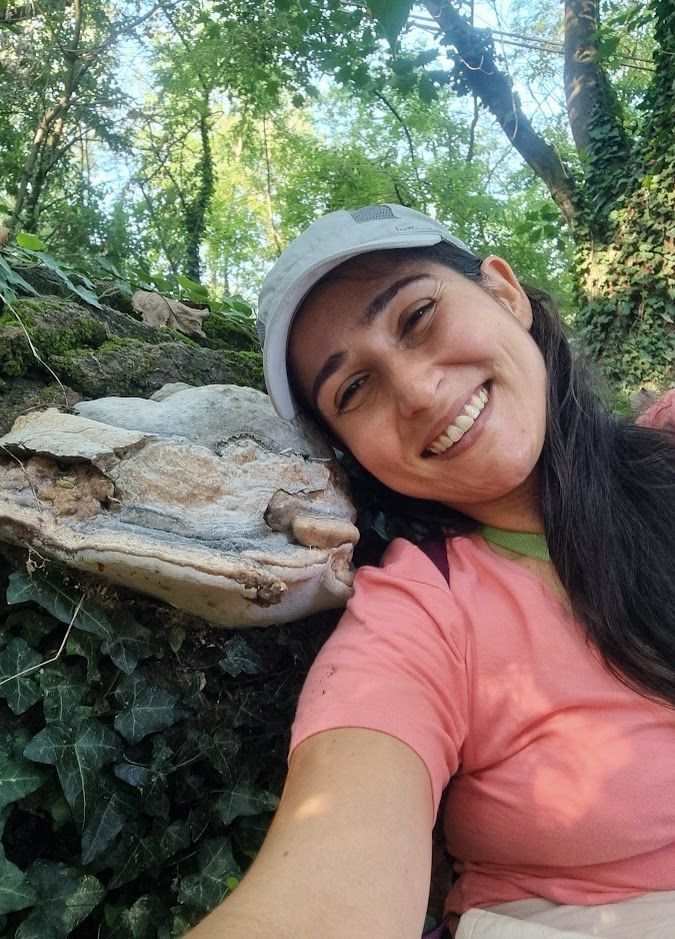
Threads of Ötzi: Exploring the Fungi in Ötzi’s habitat
—
La micologista Mariana Villani è in visita all’archeoParc per diverse settimane per condurre una ricerca – nell’ambito di una borsa di studio dell’Università di Pollenzo – sui funghi di Ötzi, tra le altre cose. Nell’articolo che segue ci dà un’idea del mondo nascosto dei funghi. (in lingua inglese)
Thanks to our ancestors, we have inherited knowledge of which mushrooms to use and which to avoid, as well as how to harvest, prepare, and benefit from them. Beyond their role as nutritious food, fungi have served countless purposes throughout history—from helping us to start and carry fire to aiding in agriculture, fermentation, and medicine. They have been used as instruments, toys, ornaments, sacred symbols of protection, spiritual guides, tinder, dyes, cosmetics, and even meteorological indicators. While many of these remarkable uses have faded due to our increasing disconnect from nature and wild mushrooms, fungi remain highly relevant today, offering insights into sustainable practices and solutions for many modern challenges.
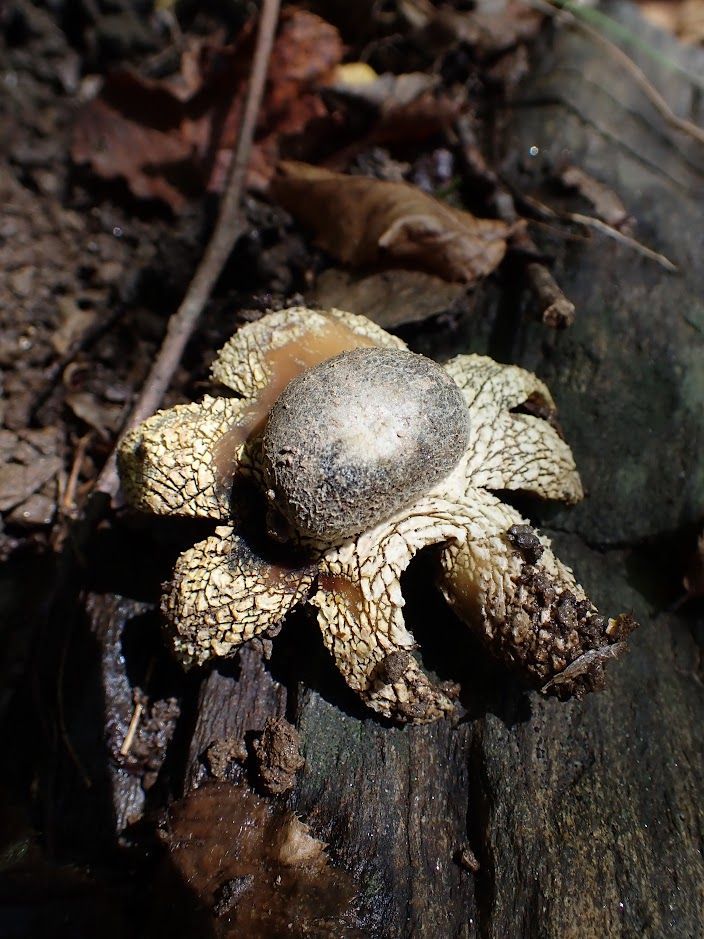
Che cos’è in realtà un fungo?
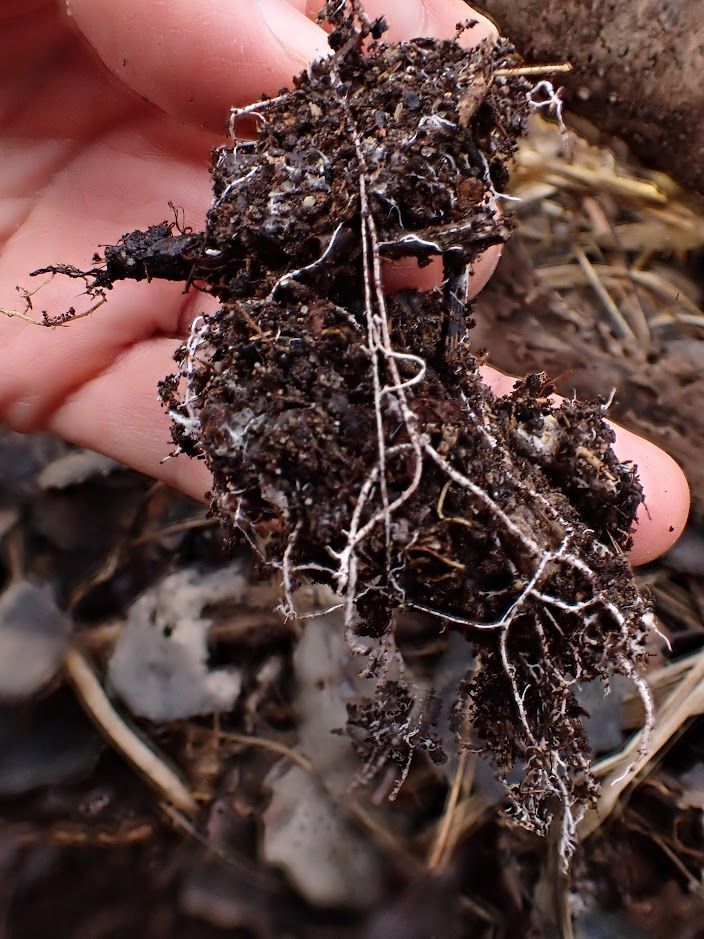
However, the mushrooms we see on the forest floor or growing on tree trunks are just the tip of the iceberg—or the apple of the tree. The real action happens underground, where fungi extend as tiny threads called hyphae, which intertwine to form vast networks known as mycelium. Mycelium is the vegetative part of fungi, carrying out essential ecological functions, including the production of fruiting bodies—the mushrooms we recognize, which serve solely as reproductive structures. Fungi have played a crucial role in the evolution of life on land and remain vital to ecosystem health. Yet, despite their significance, we still know relatively little about their diversity, uses, evolution, and ecology. So far, only about 10% of fungal species worldwide have been described.
Fungi are fundamental to ecosystems. Some species form vast underground mycelial networks that sustain plant life, enhance soil health, decompose organic matter, and regulate environmental conditions. Through my fieldwork, I have observed that fungal diversity is often an indicator of ecosystem health, and preserved forests will have many fungal symbiosis, reinforcing the need to protect their biodiversity. Conservation efforts focused on fungi are essential for safeguarding entire ecosystems.
Informazioni su Mariana

My name is Mariana Villani, and I am a researcher and educator specializing in mycology, ethnobiology, agroecology, and traditional ecological knowledge. My work and research has taken me across the globe, from Brazil to North America and beyond, exploring the deep connections between fungi, people, and ecosystems. I am excited to continue this research at the ArcheoParc, where I will explore the mushrooms of the area and share about the ecological and cultural significance of fungi in the Val Senales Valley—an ecosystem once inhabited by Ötzi the Iceman. The Alps are also a biodiversity hotspot, home to unique and fragile ecosystems, that face growing threats from climate change, habitat loss, and human activity, making the study and conservation of their fungal diversity more urgent than ever.
I funghi trovati con Ötzi
Ethnomycology– the study of the relationships between humans and fungi– and their ecological roles are central to this project. Ötzi provides a fascinating case study–his remarkably well-preserved remains offer a rare glimpse into the importance of fungi in the daily lives of our ancestors. Among his belongings, he carried two species of mushrooms: Fomes fomentarius (amadou), likely he used it for fire-making due to its highly flammable, felt-like structure, and Piptoporus betulinus (birch polypore), which he may have used medicinally as an antiseptic or brewed into teas. However, many Indigenous and traditionals peoples around the world have many different uses for these mushrooms, and also both of these fungi have been widely studied for their medicinal properties. The careful way Ötzi transported these mushrooms—during what turned out to be his final journey—suggests they were essential for his survival. Additionally, Ötzi might have carried a form of bread, which was part of his last meal—another potential link to fungi through fermentation.
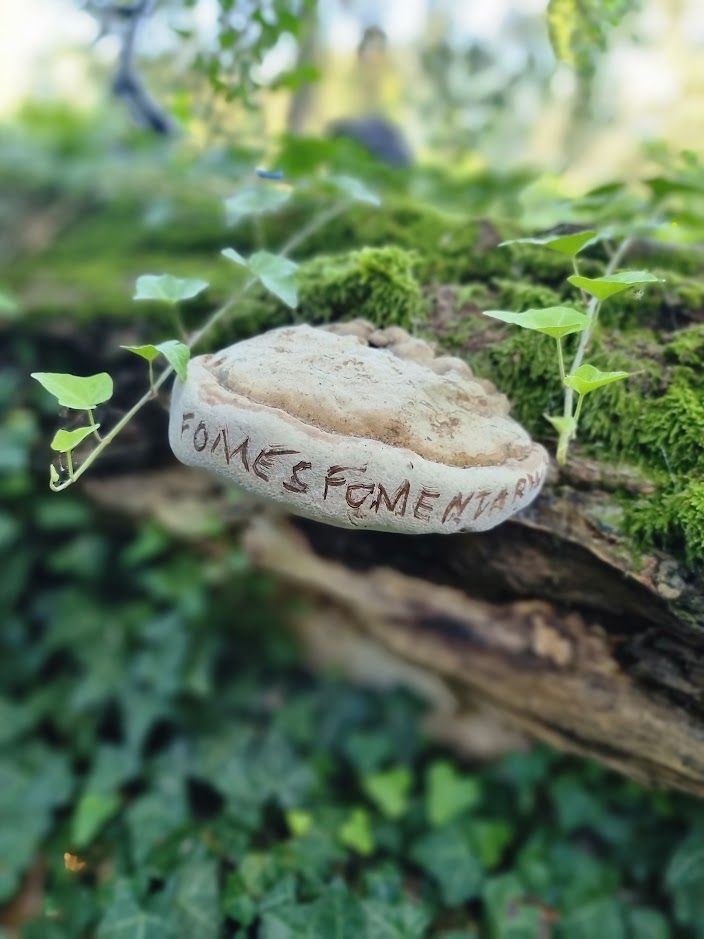
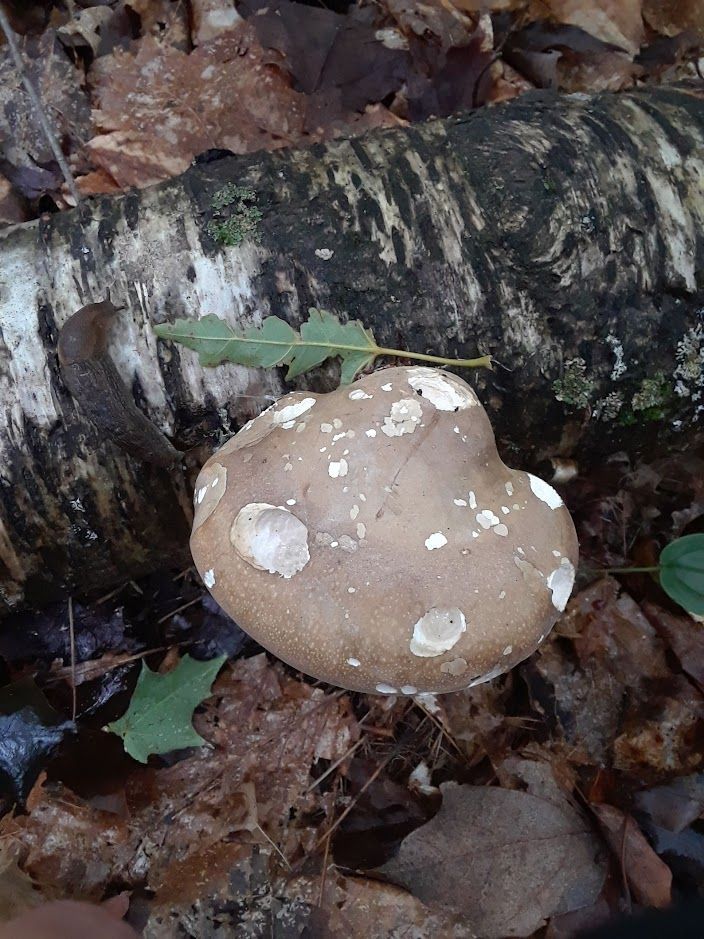
At the ArcheoParc, we will explore the roles of fungi in Ötzi’s world—how they might have been used in farming, medicine, and daily life within his community. Ötzi belonged to a late Neolithic farming society, where agriculture, animal husbandry, wild harvesting and hunting coexisted. His people relied on the land’s resources, and fungi likely played an integral role in their agroecological practices, from soil enrichment to food preservation, medicine and much more. By examining these connections, we can understand the importance of fungi for biocultural memory, the roles they played for our ancestors and ecosystems, and what insights they offer for sustainable practices today.
This research will contribute to my Master’s thesis in Agroecology and Food Sovereignty at the University of Gastronomic Sciences (UNISG) and form part of a broader effort to make mycological knowledge more accessible. Through educational content and interactive experiences, we hope to inspire visitors at the ArcheoParc to appreciate the timeless connections between fungi, culture, and survival.